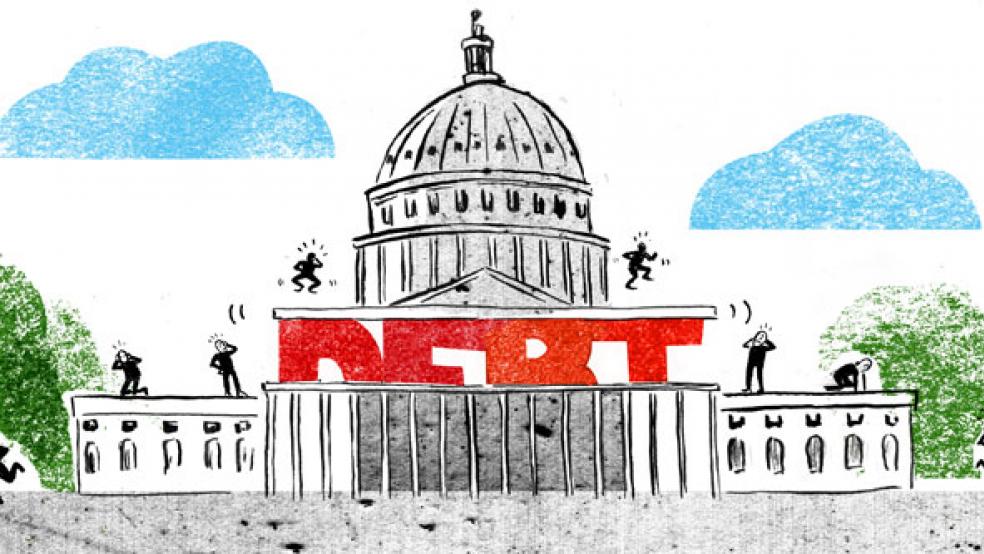Treasury Secretary Jack Lew has probably seen his last debt limit fight as the man in charge of meeting the country’s financial obligations, but on his way out the door, he is calling on Congress to do away with the statutory ceiling on borrowing that has brought the US to the brink of default several times over the past few decades.
In a new article to be published in the Harvard Journal on Legislation, Lew argues that the system originally set up to facilitate the Treasury’s borrowing has transformed into “a broken, outdated system that no longer meets our country’s needs.”
Related: As the Debt Hits $20 Trillion, Has the US Reached a Tipping Point?
Citing the multiple times since the 1990s when members of Congress have threatened actual default on the Treasury’s financial obligations -- moves that have led to increased borrowing costs, financial instability, and at one point a downgrade of the Treasury’s credit rating, he argues, “We must change course. If this were an external threat to our national security, we would bolster our national defense. If this were a foreseeable natural disaster, we would harden our infrastructure to mitigate that risk.”
As evidence, he cites the Government Accountability Office, which found that the debt limit fight in 2011 resulted in Treasury’s borrowing costs increasing by between $1 billion and $1.7 billion. Those costs, he noted, “are ultimately borne by the taxpayer because Treasury will be making higher interest payments, which ultimately must be funded through higher taxes.”
The repeated threats of default on the debt, he said, are also “a clear risk that could result in an unacceptable threat to the health of our financial system.” Countless investors around the world rely on US Treasury securities as an effectively risk-free asset. Treasury holdings undergird mutual funds, retirement plans, and the holdings of banks and insurance firms. Certainty about their safety and value not only keeps borrowing costs low but provides assurance about the safety and soundness of the financial system as a whole.
In Congress, battles over the debt limit are frequently cast as a fight against government spending. But, as Lew points out when the time comes to borrow money to pay federal obligations, the question of how much money the government is going to spend has already been settled, by Congress itself.
Related: Trump Picks a Leading Deficit Hawk to Run the White House Budget Office
“[W]hen the bills for expenditures already authorized by Congress come due, they must be paid, and these bills are not an abstraction; they are the salaries of our troops, benefits for our veterans and retirees, and payments to hospitals for providing care, not to mention turning on the lights for the federal government,” Lew writes.
He adds, “Raising the debt limit does not authorize any federal spending; it simply allows the government to pay bills already incurred.”
Bottom line, Lew argues, the utter politicization of the debt limit is a threat to the safety of the United States: “What once was a deadline that drove debates on the budget has transformed into a nihilistic platform for some in Congress to promote the very real risk of a default to advance narrow partisan agendas.”
Related: Experts Warn of a Coming Fiscal Crisis as Trump Prepares to Take Charge
Even using all of the methods at its disposal, he said, constant fights about the debt limit expose the system to “needless risks that Treasury cannot meaningfully mitigate.”
While it remains unlikely that members of Congress can be persuaded to put down what has become an extremely powerful weapon in policy battles, Lew at least offers his successors at Treasury a coherent argument that, for the good of the country, they should.





